Author: Erik Mechelen
-
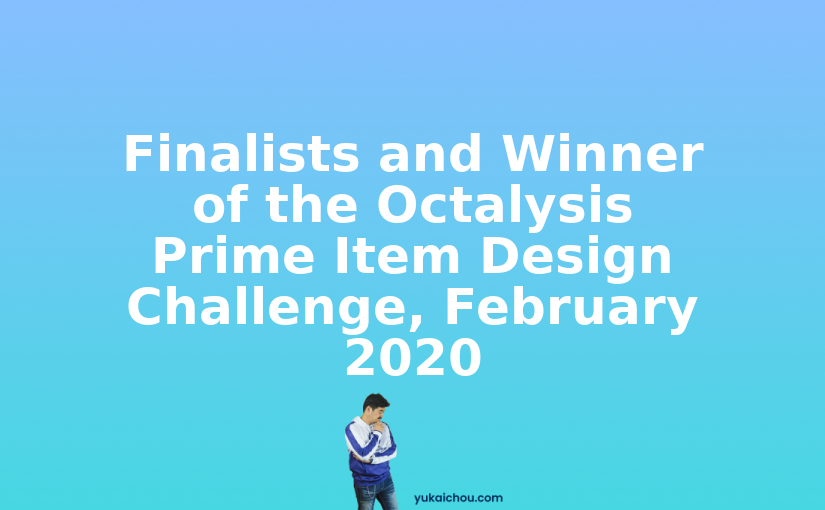
Finalists and Winner of the Octalysis Prime Item Design Challenge, February 2020
The Item Design Challenge, 2020 It was time to add new items to the Octalysis Prime store to make the gameplay better for new and endgame users alike. So, what did our members come up with in our latest Octalysis Prime Design Challenge? This was another great group of Octalysis Prime Design Challenge submissions making…
-
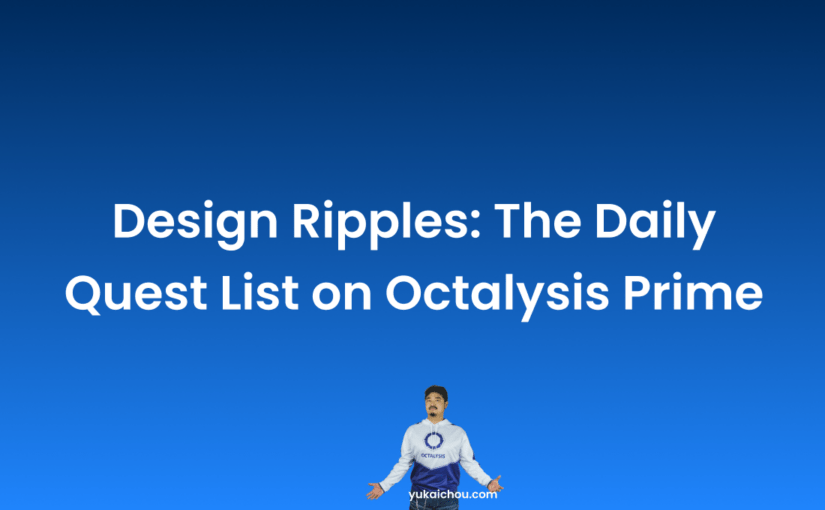
Design Ripples: The Daily Quest List on Octalysis Prime
This post is about how a small design decision to help new and Onboarding members created ripples for Endgame players on the Octalysis Prime Island. If you’re unclear on what certain terms are, try going to octalysisprime.com or referring to the OP Wiki. An endgame user raises a question and provides a possible solution… Iñaki…
-
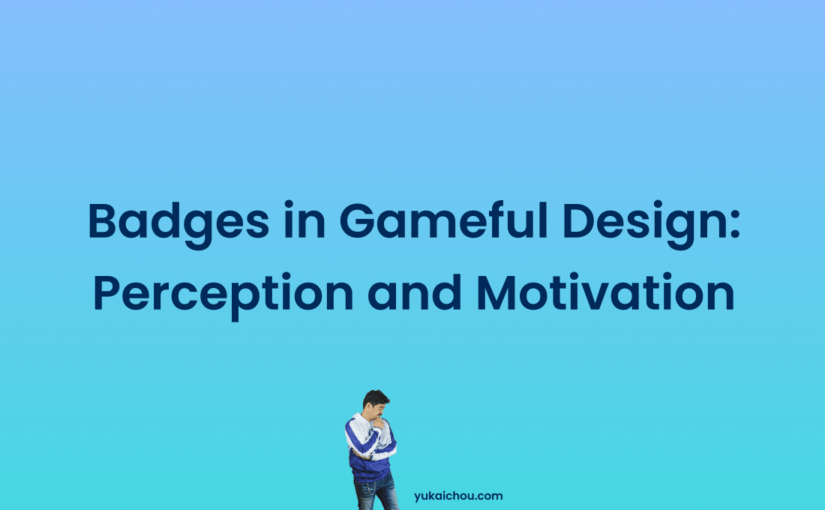
Badges in Gameful Design: How users perceive them and how are they motivational
This is a guest post by Gustavo Tondello, Gamification Research and Consultant, who is creating a new offer a new type of service for gamification professionals. He will publish weekly summaries of research articles (or even some original articles of his when time allows) in a format that intends to help professionals quickly understand and…
-
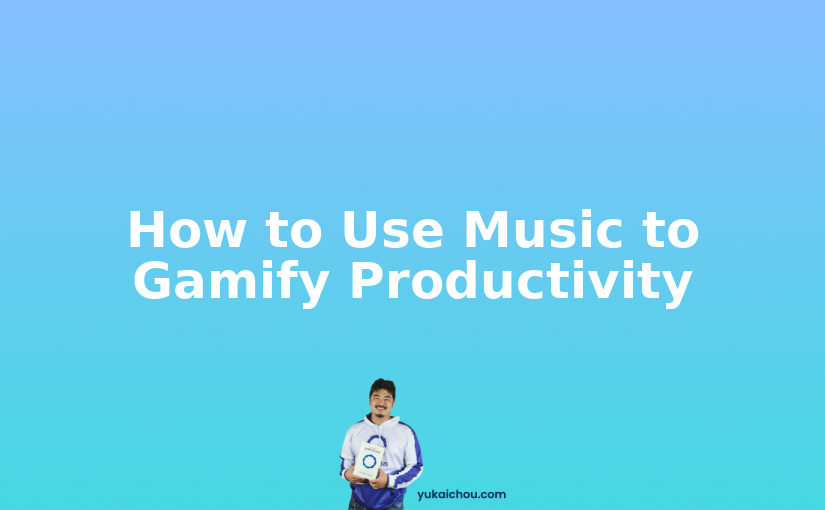
How to Use Music to Gamify Productivity
This is a sample from a daily blog I write for premium Octalysis Prime members, sharing practical and immediately applicable information related to gamification and behavior design. In other words, a daily blog for OP inspired by James Altucher and Seth Godin and others with a daily writing practice. You’ve probably noticed background music and…
-
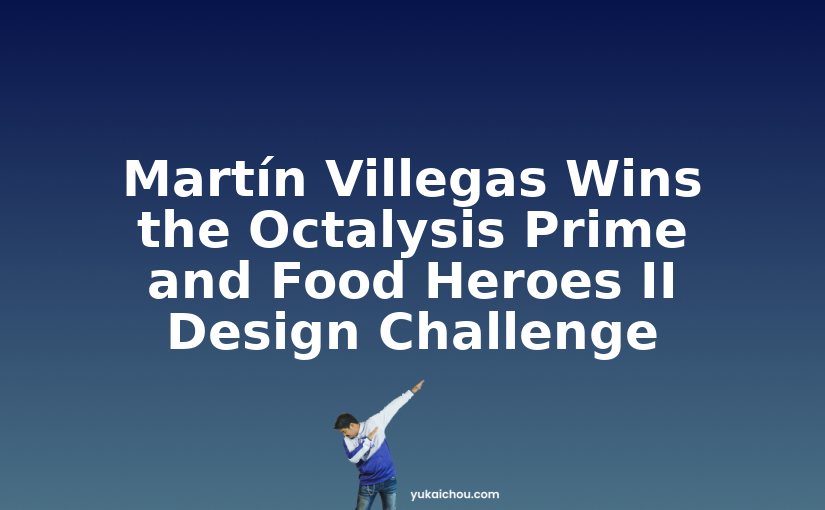
Martín Villegas Wins the Octalysis Prime & Food Heroes II Design Challenge
Martín Villegas Food Heroes II Octalysis Prime & JUCCCE Design Challenge (WINNER) from Yu-kai Chou (yukai@yukaichou.com) In a tough field for a difficult challenge, Martín emerged the Winner of the latest Octalysis Prime Design Challenge and will eventually be headed to Shanghai to work with the Food Heroes team. To see the Design Challenge details…
-
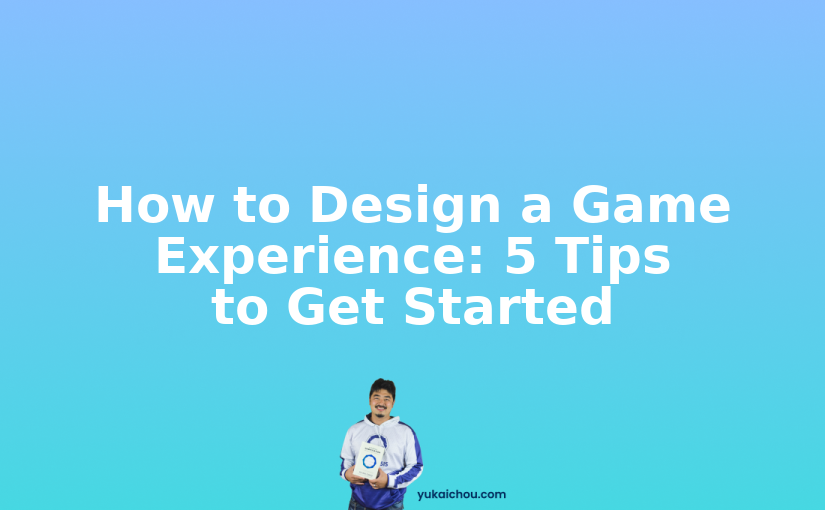
How to Design a Game Experience: 5 Tips to Get Started
My name is Sergio. I am one of the Octalysis Prime members who took part in Food Heroes Challenge 2. This challenge made the Octalysis Prime community want to contribute to making the Food Heroes user experience more and more engaging for many kids who, together with their parents and teachers, discover and develop better…
-
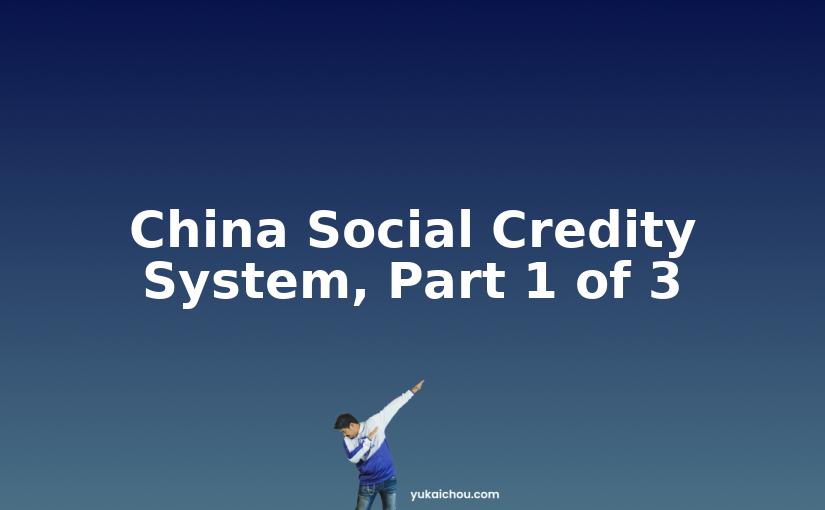
China Social Credity System, Part 1 of 3
In this series, Yu-kai analyzes the social credit system coming soon in China from the perspective of Octalysis design. Today, we’re gonna talk about a fairly well known controversial global issue, which is China’s social credit system. So, for those who don’t know, China wants to have what some people call the biggest gamification experiment…